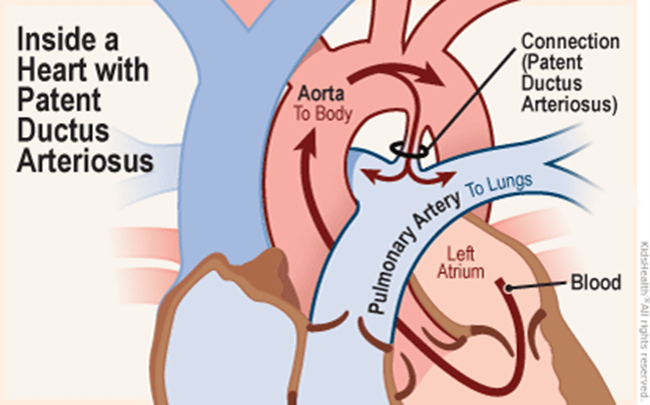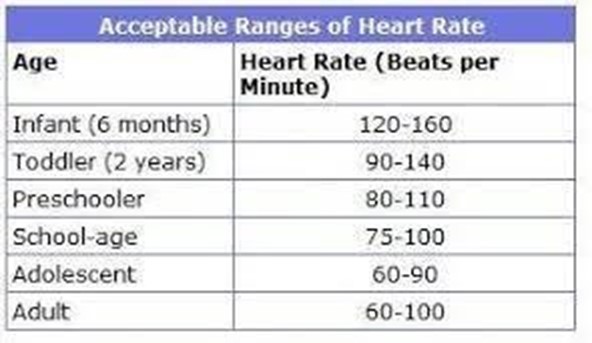The practical nurse (PN) is caring for a newborn whose mother has poorly controlled type 1 diabetes mellitus and observes the newborn is grunting with mild sternal retractions. The PN should recognize the newborn is exhibiting signs of which condition?
Hypothyroidism.
Patent ductus arteriosus.
Hyperinsulinemia.
Ventral septal defect.
The Correct Answer is B
The practical nurse (PN) should recognize that a newborn whose mother has poorly controlled type 1 diabetes mellitus and is exhibiting grunting with mild sternal retractions is exhibiting signs of patent ductus arteriosus. Patent ductus arteriosus is a condition in which the ductus arteriosus, a blood vessel that connects the pulmonary artery to the aorta, fails to close after birth. This can result in abnormal blood flow between the aorta and pulmonary artery, leading to respiratory distress.
Hypothyroidism (Option A) and hyperinsulinemia (Option C) are conditions that can occur in newborns, but they do not typically present with grunting and sternal retractions.
Ventral septal defect (Option D) is a congenital heart defect that can cause respiratory distress, but it is not specifically associated with maternal diabetes.

Nursing Test Bank
Naxlex Comprehensive Predictor Exams
Related Questions
Correct Answer is B
Explanation
The information that poses the greatest risk for developing postpartum endometritis in this situation is that the client experienced spontaneous rupture of membranes (SROM) for 36 hours prior to delivery. SROM for an extended period of time increases the risk of infection, including postpartum endometritis, which is an infection of the uterus. The practical nurse (PN) should recognize this risk factor and monitor the client closely for signs of infection. The other information listed may also be important to consider, but SROM for 36 hours poses the greatest risk for developing postpartum endometritis in this situation.
Correct Answer is D
Explanation
The newborn assessment finding that the practical nurse (PN) should report to the charge nurse immediately for a 24-hour-old infant is a heart rate of 100 beats/minute. The normal heart rate for a newborn is between 120-160 beats/minute. A heart rate of 100 beats/minute is below the normal range and may indicate a problem such as hypothermia or an infection. The PN should report this finding to the charge nurse immediately so that appropriate action can be taken to address the issue. The other assessment findings listed may also be important to monitor, but a heart rate of 100 beats/minute is the most urgent and requires immediate attention.

Whether you are a student looking to ace your exams or a practicing nurse seeking to enhance your expertise , our nursing education contents will empower you with the confidence and competence to make a difference in the lives of patients and become a respected leader in the healthcare field.
Visit Naxlex, invest in your future and unlock endless possibilities with our unparalleled nursing education contents today
Report Wrong Answer on the Current Question
Do you disagree with the answer? If yes, what is your expected answer? Explain.
Kindly be descriptive with the issue you are facing.
